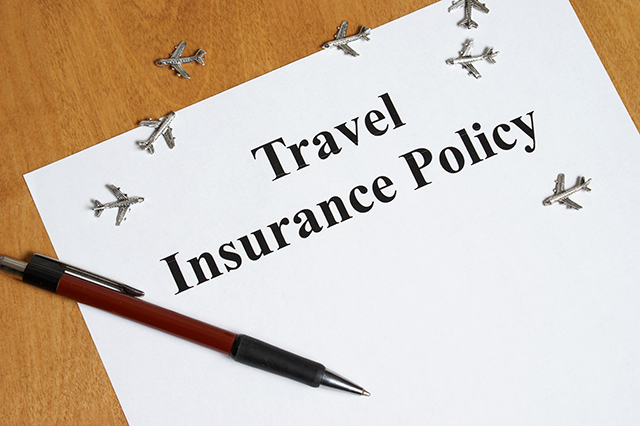If you’re laying out a lot of money for your dream holiday abroad, you probably know it’s a good idea to protect that investment with a comprehensive travel insurance policy—one that includes everything from trip cancellation and interruption to lost baggage and travel medical insurance.
But what factors will affect travel insurance rates? Common sense tells you a few days of shopping and museum-going in Paris should cost less than insuring a weeklong stay skiing in the Alps, but what precisely makes rates rise and fall? Your answers to these questions could be a major part of what determines the cost of insuring your trip.
How old are you?
It sounds like ageism at its worst, but it’s a fact: The older you are, the higher the travel insurance rates: “Age is one of the biggest factors affecting the price,” says European travel expert Rick Steves on his eponymous website. “Rates go up dramatically for every decade over 50, while coverage is generally inexpensive or even free for children 17 and under.”
That seems unfair, especially since it’s the under-17 crowd that’s famous for getting chickenpox and sustaining snowboarding injuries. Still, it’s an industry given that seniors are more likely to need insurance—and especially necessary given that Medicare will not pay for medical care outside the U.S.
Steves’s advice for the over-70 crowd? “Compare the cost of a stand-alone travel medical plan with comprehensive insurance, which comes with good medical and evacuation coverage. A travel-insurance company can help you sort out the options.”
How’s your health?
Seniors aren’t the only ones who have pre-existing medical conditions, which can include everything from high cholesterol to type 1 (juvenile) diabetes. According to travel insurance expert Damian Tysdal in his blog Travel Insurance Review, travel insurance plans automatically exclude these conditions, offering instead “waivers” to the exclusion.
How does this work? “Some travel insurance plans cover medical costs relative to pre-existing conditions by offering a waiver to the exclusion,” he explains. “Having pre-existing coverage means that the medical coverage provided by your policy is in effect because the pre-existing exclusion is waived.”
This waiver will, in turn, impact your travel insurance rate.

Where are you going?
This question isn’t going where you think it’s going; it’s not about danger zones as much as it is about what kind of health care system you may encounter on your holiday travels. “High health-care costs in your destination can drive up the price of travel insurance,” notes insurance expert Barbara Marquant in NerdWallet.
It’s not just the cost of care, but the quality and specialist availability, as well. The local hospital at your destination in may be top notch, but if you suffer a condition for which they don’t have proper diagnostic tools (or a specialist), you’ll need to be medically evacuated—at the cost that can range anywhere from $30,000 to $100,000. Unexpected expenses like these are the reason travel medical insurance was invented; the resulting increased travel insurance rates reflect how much your insurer may have to pony up for medical claim.
How long are you staying?
This one’s pretty straightforward. The longer your vacation, the more it will cost to insure. Likewise, the more expensive it is, the more expensive it will be. If you’ve pre-paid tours, tickets and holiday rentals and you’re paying to cover them, you can expect higher rates to do so.
What are you planning on doing?
Also pretty straightforward: Generally speaking, everyday activities (shopping, walking, even skiing) are covered; “extreme sports” are not. If you’re planning on participating in adventure sports like skydiving, parasailing or scuba diving, you’ll have to pay close attention to your policy—including all the fine print about terms and conditions. You can include a rider that includes these sports; many insurers sell policies especially geared for those with more active interests.
Note: If you’re participating in an organized team or competitive sport, you’ll need to buy a special travel insurance policy—and can expect a commensurate increase.
The bottom line on travel insurance rates
Like any type of insurance policy, there are lots of factors that determine how much your travel insurance plan will cost. There are others in addition to the ones above, from the gold-standard “cancel for any reason” and choices in deductibles to options that protect you from identity theft or offer 24/7 concierge services.
Higher travel insurance rates may be a bummer on the surface, but they only reflect the larger payouts that may be required if, in fact, the dread “sudden and unexpected” events occur—in which case, you’ll be awfully glad you purchased it.
Do you have a personal experience about trip insurance—either one where you had it and you’re glad you did, or didn’t (and wished you had)? Please free to share your tips and insights in the comments section below.
For all things travel-related, go to AAA.com/Travel.













